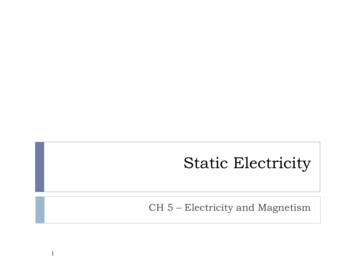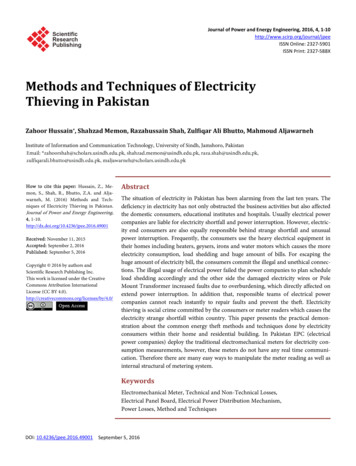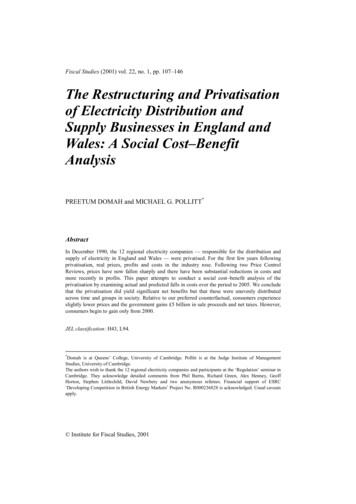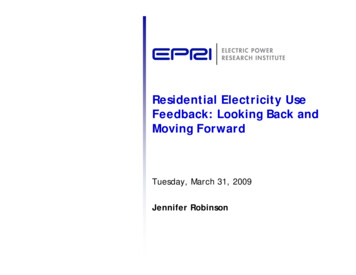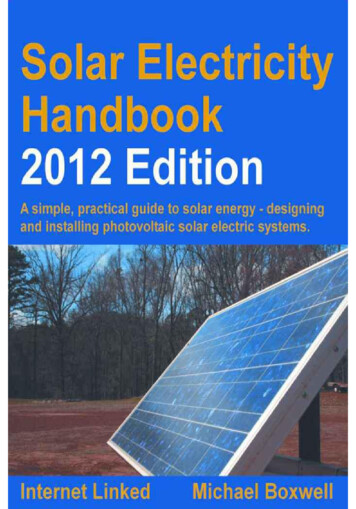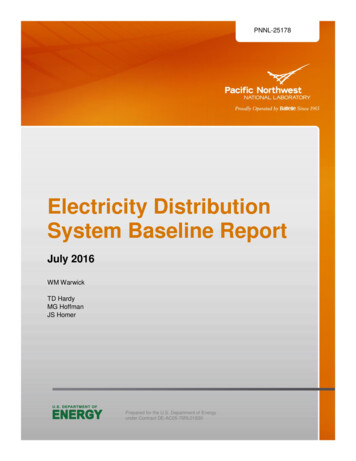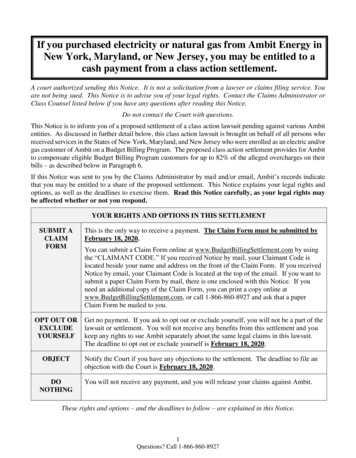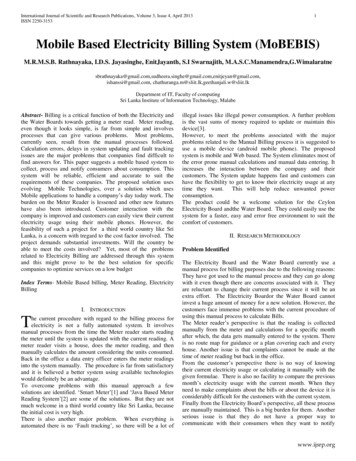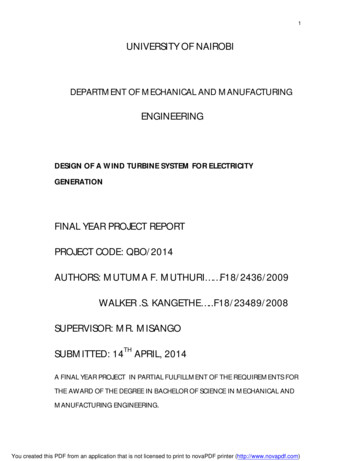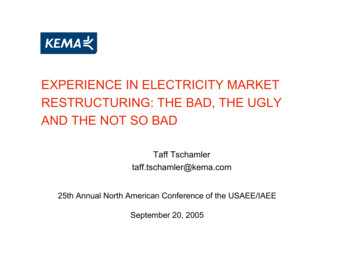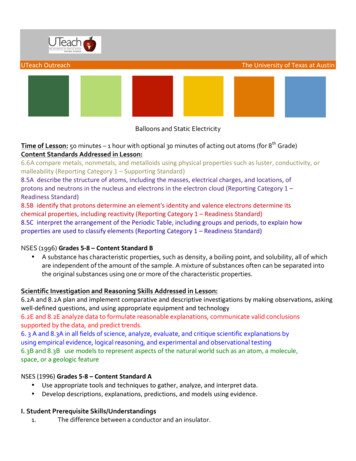
Transcription
ngCategory1–ReadinessStandard)NSES(1996)Grades5- ‐8–ContentStandardB stigationsbymakingobservations,askingwell- 996)Grades5- ‐8–ContentStandardA ndinterpretdata. ulator.
Studentswillbeableto1. Understandthatsimilarlychargedparticles(proton- ‐protonandelectron- rticles(proton- sferredbetweentwoatoms.2. y.3. lators.4. andvarioussamplesofmaterials.III.SuppliesNeeded Engagement:o Oneballoono Onecerealtiedtoa1ftofkitestring ExploreAtomClassModel:o nts)o ts)o ents) Explore(perpairofstudents):o OnecomputercapableofrunningPhETsimulationo Two1cmby4cmaluminumfoilstripso Onebaremetalpaperclipo Onenotecardlargeenoughtocovermouthofjaro Threeinchesoftapeo Asmallsampleofeachofthefollowing:o glasso steelo nylon(stocking)o rubberballoono aluminumo styrene(Styrofoamplate)o papero plasticwrap Elaborate:o Claymodelofawatermoleculeo Pipeo tes)ContentFocus:Howdotwochargedobjectsinteract?
destudents’learningandthinking othecereal? dingandlearning Whydoyouthinkthisishappening?ü tudents’understandingandlearning Whatatomscanwemake? Whatisanatom? Doestheatomhaveacharge? Whatparticlesexistwithinanatom? (Duringmodeling)First,let’stalktotheelectrons ?theotherparticles? Howmanyprotonsdoestheatomhaveinits s?interacteasilywiththeelectronsintheother econd? Whenanatomhasmoreelectronsthanprotons have?Neutrons? esithave? Whatwouldhappeniftwoelectronsfromthis
ed“ions”.ü ts’understandingandlearning Howdoesthissimulationmodelhowcharges betweentheseproperties? Whathappenstotheelectrons(minussigns)on alloonnearit? Iftheballoondoesnotletchargemoveeasily,is ctororaninsulator?Whydoyouthinkthisisthecase? Whathappenswhenyoureleasetheballoon? kethewall? owdothechargesreactwitheachother?ü Checkpoint:Studentshavecompletedsimulation.
estionstoguidestudents’learningandthinking ’understandingandlearning Whatdoyouthinkwecouldstudyusingourelectroscope? Howisaconductordifferentfromaninsulator?ü tstudents’understandingandlearning Howdoyouthinktheamountofchargerelatesto Whatdoourresultstellus?howmuchthefoilmoves?Why? Whatdoyouthinkofwhenyouheartheword findtointeractthemostwiththeballoon? tthe oil?Whathappenedtothetwopieces? Didyouevergetdifferentresultsifyoutriedthe es?Whataboutparticles edissimilar?upontheelectroscope?Whyorwhynot? uhave?
ü nstoguidestudents’learningandthinking ndingandlearning Wouldyouwantthechargestobethesameordifferent?ü formnewconclusions.Elaborate(5- destudents’learningandthinking ionaboutstudents’understandingandlearning leculewouldbeattractedtotheballoon? ewatermoleculewouldbeattractedtothepipe?ü ionsinattacheddocuments.
s:Studentswillbeableto blebasedonyourinvestigations.Howcanyou alpicture! aterstrongly?
MyElectroscopeName:Materials: Glassjar Stripofaluminumfoil Indexcard Paperclip TapeProcedure:1. Cuttwofoilstrips1cmx4cm2. ght)3. sothatitisatrightanglestothecard.4. hehookbypushingthehookthroughthem.5. icturebelow)
RIALS!
gQuestions:
cope.2.Isitpossibletodeterminethesign( or- ‐)orchargewithanelectroscope?Whyorwhynot?
hargewasadded?Explain.
enthecarbon
BalloonsandStaticElectricity ! TimeofLesson: atoms(for8thGrade)% ContentStandardsAddressedinLesson: %. icalpropertiessuchasluster,conductivity,or
